
- Small Oil Pressing Machine - Leader Machinery
- Industrial automatic continuous fryer Soybean Oil Plant
Home> Company News> Study on the content of trans fatty acids in edible vegetable oil
- Address3rd Road, High-tech Zone, Jinan City, Shandong Province
- Factory Address3rd Road, High-tech Zone, Jinan City, Shandong Province
- Worktime9:00--18:00
- Phone(Working Time)086-0531-885125
- Phone(Nonworking Time)086-0531-881256
- Fax086-0531-885125
Study on the content of trans fatty acids in edible vegetable oil
2019-01-22 09:59:55The main component of the oil is fat, one of the three macronutrients required by humans (the other two are proteins and sugars), which are the main components of the diet. China's consumption of edible oil is large. Statistics show that in 2016, China's per capita annual consumption of edible oil was 24. 8 kg, which was 0.77 kg higher than that of 2015.
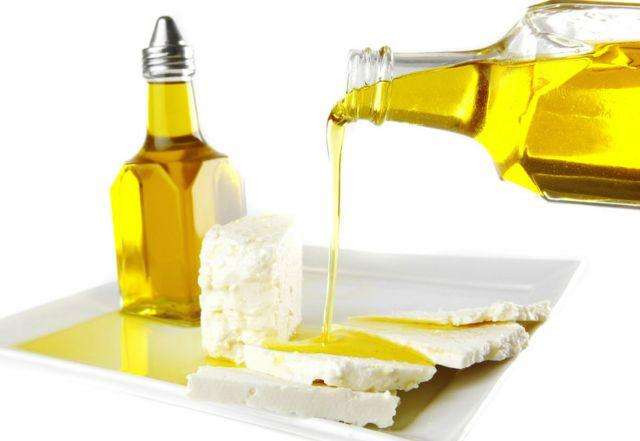
Trans fatty acids are a class of unsaturated fatty acids with a wide range of sources. It is mainly found in processed fats such as vegetable butter and shortening, and in foods made from these fats and oils. In addition, a small portion is also present in the meat and fat of ruminants under natural conditions. Vegetable oil machine.
In human food, most processed foods contain trans fatty acids, which have caused great concern to people's health. More and more studies at home and abroad have found that the intake of trans fatty acids may cause various hazards to human health, such as cardiovascular and cerebrovascular diseases, diabetes, breast cancer and Alzheimer's disease.
Trans fatty acids in edible oils are mainly produced during the processing of vegetable oils and the high-temperature frying process of oils in food processing. In both of the above processes, not only trans fatty acids are produced, but also the amount and type of trans fatty acids formed vary with process-related conditions.
status quo
China's understanding of trans fatty acids is relatively late. In 2007, the Ministry of Health issued the “Chinese Dietary Guidelines”, recommending that residents eat as little as possible of foods rich in hydrogenated oil.
In the same year, the “Regulations on the Management of Food Nutrition Labels” issued that when the trans fatty acid content is less than 0.3 g / 100 g, it can be marked as free of trans fatty acids and revised in 2011. The standard “General Rules for Labelling of Prepackaged Foods”, which was implemented in January 2013, mandates that “the content of trans fatty acids should be indicated in the nutrient composition table”.
Among the edible plant varieties, the GB23347-2009, which was only implemented on October 1, 2009, the olive oil and the olive pomace oil, the total amount of trans fatty acids in the virgin olive oil shall not be higher than 0.1%; the trans fatty acid in the refined olive oil 75%。 The total amount of trans fatty acids in olive pomace oil should not be higher than 0.75%.
There are no relevant regulations in China to regulate the limit of trans fatty acids in oils and fats. There have been many studies on the trans fatty acid problem in vegetable oils abroad, and the relevant regulations on trans fatty acid content in foods have been formulated very early. In June 2003, Denmark regulated that any oil containing more than 2% trans fatty acids on the market was banned from sale and was extended to fat-containing foods in December.
The United States requires that starting from January 1, 2006, the food nutrition label must indicate the saturated fatty acid content and trans fatty acid content of the product. It is recommended that the daily trans fatty acid intake be less than 1% of the total daily energy intake. The amount of trans fatty acids in the diet should not exceed 2. 2g. The maximum intake of trans fatty acids in the diet should not exceed 1% of the total energy. . Therefore, determining the content of trans fatty acids in edible oils, allowing consumers to better understand the content of trans fatty acids in edible vegetable oils, guiding people to healthy eating and protecting public health is of great significance for guiding residents to choose the type and quantity of edible oils.
This article uses GB 5009. 257 - 2016 as the test method for 17 of the commercially available edible vegetable oil samples (including olive oil, rapeseed oil, blended oil, peanut oil, corn oil, sunflower oil). A trans fatty acid was measured. Initially find out the level of trans fatty acids in various edible oils.
in conclusion
The content of trans fatty acids in edible vegetable oils is generally not high, but it does not rule out the presence of trans fat fatty acids in local areas or special populations, especially children and adolescents. High levels of C18:2 9T12C and C18:2 9C12T were detected in several edible oils, and their interest remains to be studied. It is recommended that relevant departments actively promote healthy eating knowledge, guide people to scientific diet, and impose a label on the label to identify the content of trans-fatty acids, so that the public has the right to know and choose.
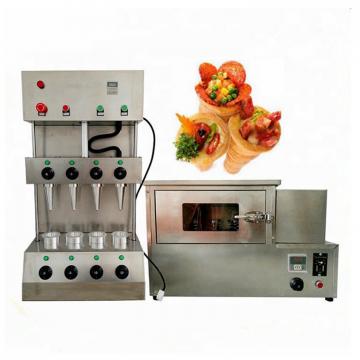 Manufacturing plant automatic factory puffed sticky rice cracker production line
Manufacturing plant automatic factory puffed sticky rice cracker production line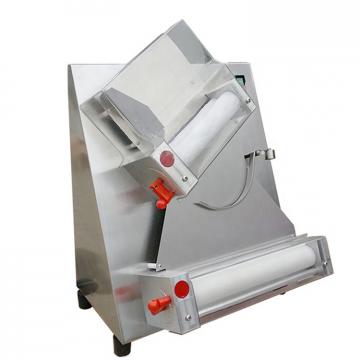 JiaHao machinery PVC Edge Band Sheet Production Line High intensity different color to choose producing PVC edge banging
JiaHao machinery PVC Edge Band Sheet Production Line High intensity different color to choose producing PVC edge banging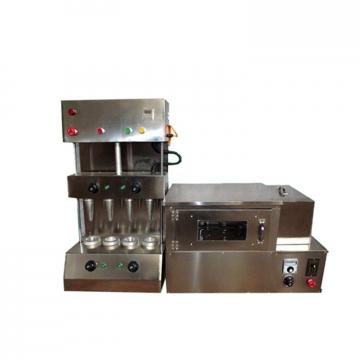 Wholesale products plastic extrusion machine for WPC flooring extrusion line
Wholesale products plastic extrusion machine for WPC flooring extrusion line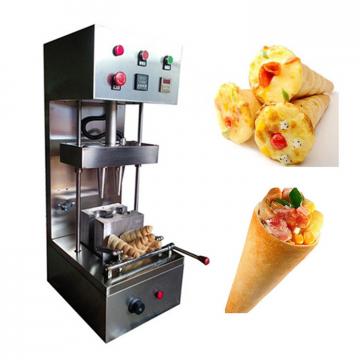 Best Price Pizza Cone Machine / Pizza Making Machine Production Line
Best Price Pizza Cone Machine / Pizza Making Machine Production Line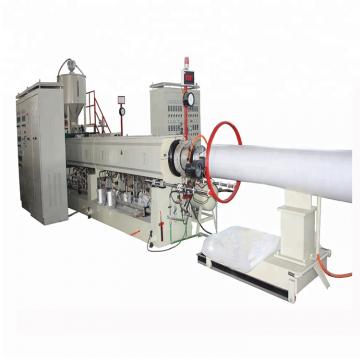 Factory Supply Dough Divider Cutting Dough Ball Pizza Dough Ball Machine/Bread Production Line
Factory Supply Dough Divider Cutting Dough Ball Pizza Dough Ball Machine/Bread Production Line